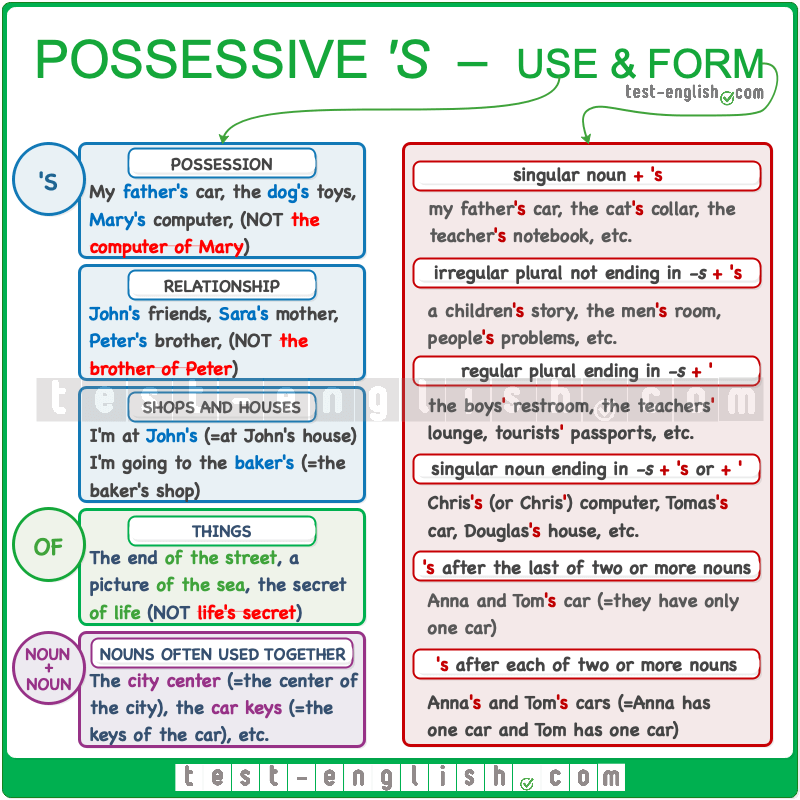Understanding how to correctly use the possessive case in English grammar is essential for clear and effective communication. The possessive case is used to show ownership or possession of something by someone. Whether it’s a person, place, thing, or idea, knowing how to use the possessive case will help you convey your message accurately.
Incorrect usage of the possessive case can lead to confusion and misunderstanding. Therefore, it is important to grasp the rules and guidelines for using the possessive case in English.
How to Use Possessive Case
When using the possessive case in English, there are a few rules to keep in mind. The most common way to form the possessive case is by adding an apostrophe and an “s” (‘s) to the noun. For example, “Sarah’s car” indicates that the car belongs to Sarah.
If the noun is plural and ends in “s,” you only need to add an apostrophe after the “s” to form the possessive case. For instance, “The students’ books” shows that the books belong to the students.
When dealing with plural nouns that do not end in “s,” you should add an apostrophe and an “s” to indicate possession. For example, “The children’s toys” demonstrates that the toys belong to the children.
It is important to note that possessive pronouns do not require an apostrophe to show possession. Examples of possessive pronouns include “his,” “hers,” “theirs,” and “ours.” For instance, “The book is hers” indicates that the book belongs to her.
Remember to use the possessive case when indicating ownership or possession in your writing to ensure clarity and precision in your communication.
By understanding the rules for using the possessive case in English, you can effectively convey ownership and possession in your writing. Practice using the possessive case in your sentences to improve your grammar skills and enhance the clarity of your messages.
Mastering the use of possessive case will not only improve your writing but also help you communicate more effectively with others. So, next time you need to show ownership or possession, remember to apply the rules of the possessive case in English.
